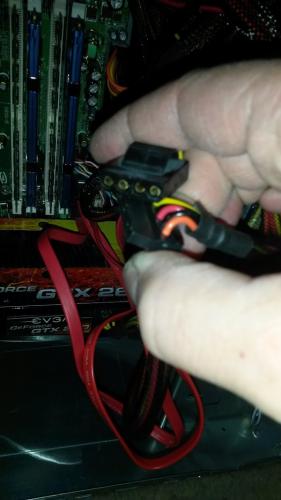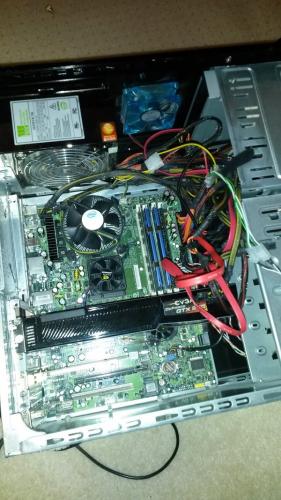Another update to previous post.
After more forum investigation, I created the USB flash drive using the ISO rather than the bootable. After about 8 minutes or so with the blue window, it finally starts to spin and I'm able to start installation. Gets through the key, etc. and stalls completely when it gets to where Windows should be installed. After selecting the SSD (after partitioning it with the laptop into 2 equal parts), this error comes up:
We couldn't create a new partition or locate an existing one
After more reading there were two possible solutions mentioned for this. One was to go to the Advanced part and select the command prompt and enter:
Start DISKPART
Type LIST DISK and identify your HDD disk number (from 0 to n disks).
Type SELECT DISK <n> where <n> is your HDD disk number.
Type LIST PARTITION
Type SELECT PARTITION <n> where <n> is your partition number of the last drive (Drive 0 Unallocated Space 20 Gb)
Type CREATE PARTITION PRIMARY
Type ACTIVE
Type FORMAT FS=NTFS QUICK
Type ASSIGN
Type EXIT twice (one to get out of DiskPart, the other to exit the command line tool)
When I type Diskpart, nothing happens. Not even sure what's supposed to happen. Can't even do anything but close the command prompt.
The other fix was to make sure the BIOS is showing to boot the HD first, NOT the jump, then select the jump on the boot menu. The theory there being that the install is trying to write to the jump drive rather than the SSD. Tried that, but the problem is that when selecting "removable" on the boot menu, the next screen only shows a floppy disk. There isn't even a floppy disk installed on the system! So, theorizing maybe the PC wouldn't care and would see the USB as the correct boot, I let it proceed and get "An operating system wasn't found. Try disonnecting any drives that contain an operating system."
At a loss at this point. Am I totally up a creek with the fact that in 2008 people were still using floppies and now they don't exist? Or the fact that a BIOS update showing that a boot is possible from USB should have been performed? Or, as a last ditch effort, maybe the only was is to try to scrounge for my original WIN7 disk, install IT on the SSD, and upgrad to Win 10 from there? That may be the best bet at this point but I'd love some advice....

















 Sign In
Sign In Create Account
Create Account

